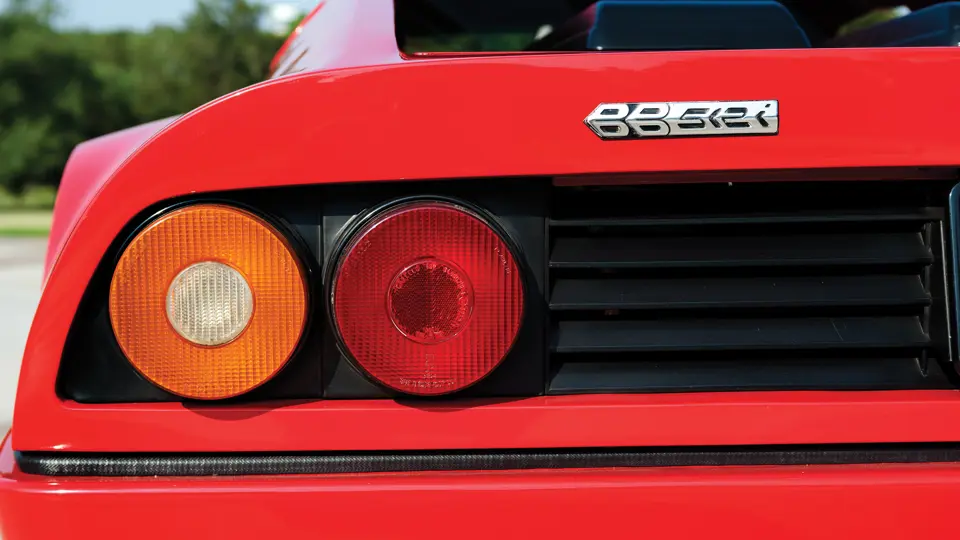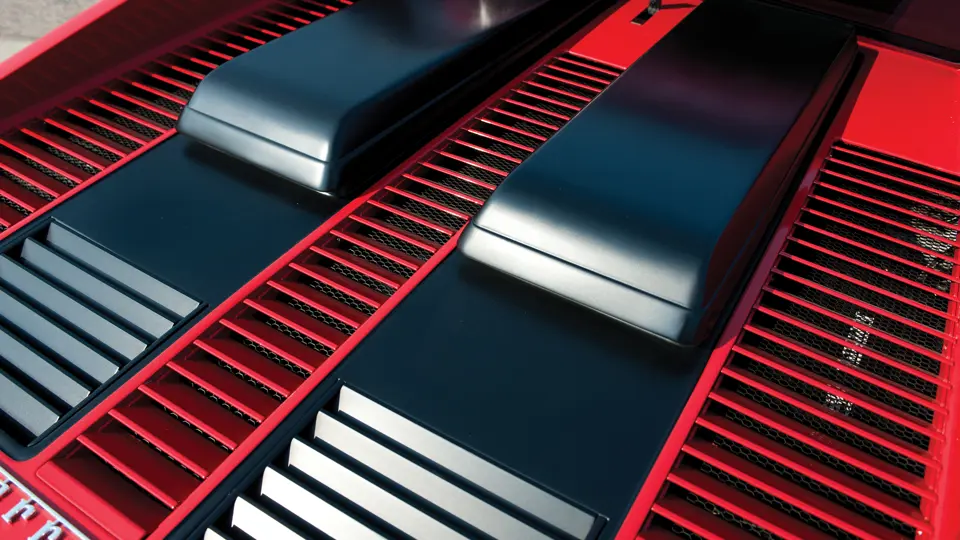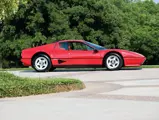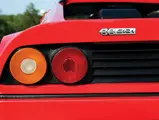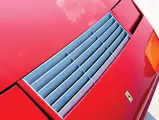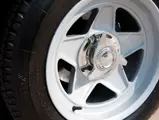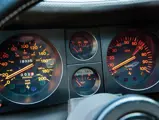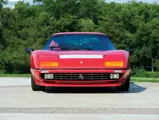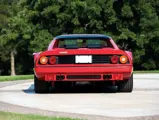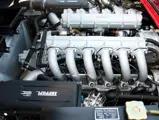340 bhp, 4,942 cc alloy flat-12, Bosch K-Jetronic fuel injection, five-speed manual transaxle, front and rear independent suspension with unequal length A-arms, twin rear coil springs, anti-roll bar, and hydraulic dampers, and four wheel hydraulic disc brakes. Wheelbase: 98.4 in.
Despite adopting a Bosch K-Jetronic fuel injection system for their flagship cars in 1981, it was still illegal to import a flat-12 Ferrari into America. It was, however, now easier to federalize the emissions privately and import one grey market, which irritated the company to no end. Ferrari’s amusing solution was a factory program in 1983, which sold a still-illegal 512 BBi to an American customer, who had to take delivery in Europe. From there, the company could assist with brokers and registered importers. In retrospect, it was obvious why Ferrari wouldn’t want to invest in federalizing the 512 BBi, as its successor, the Testarossa, would be on sale in the U.S. in 1985.
Originally imported into California, this 512 BBi, chassis number 51335, is a very late production car. A recent engine-out service replaced the vital timing chain tensioner, as well as the exhaust. In addition to those items, indicated by wear or mileage, a suite of prophylactic measures were also addressed, including a refurbishment of the A/C system and all-new belts, hoses, seals, and gaskets. The result is a car very different from the average 512 BBi that typically sits in a garage. The original Rosso Corsa exterior has been carefully maintained and is over a desirable Rosso and Nero interior that shows little more than break-in wear. Original books and tools are present, completing the impression of a car that is much younger than its almost 30 years. With extensive preventive maintenance completed, the driver’s seat beckons for someone to hop in, slot the gated shifter into gear, and let loose a song that comes only from Ferrari’s flat-12 as it nears 7,000 rpm.
As stunning as it is to hear a 512 BBi run, the pleasure is in driving. As in all the great drivers’ cars, it seems to shrink around the driver. Fender-filling wheels on three-piece alloy wheels work with the sophisticated suspension to keep 340 horsepower on the ground, and of course, it only weighs 3,300 pounds. Zero to 60 in 5.6 seconds is thrilling, but the agility and sense of control from a properly balanced mid-engine configuration is astonishing.
There was a time when pundits thought that post-1973 Ferraris would never be collectible, as they lacked the vision and excitement of earlier cars. But there’s a saying among collectors: the cars one has on posters as a teenager are the cars they seek out as adults. No bedroom wall or high school locker in the late 1970s and early 1980s was complete without Ferrari’s flagship. It must simply be that those once pessimistic about the model’s future had never had the opportunity to drive one of the flat-12s of the 512 and Testarossa era. They are simply, as one writer put it, “more car.”


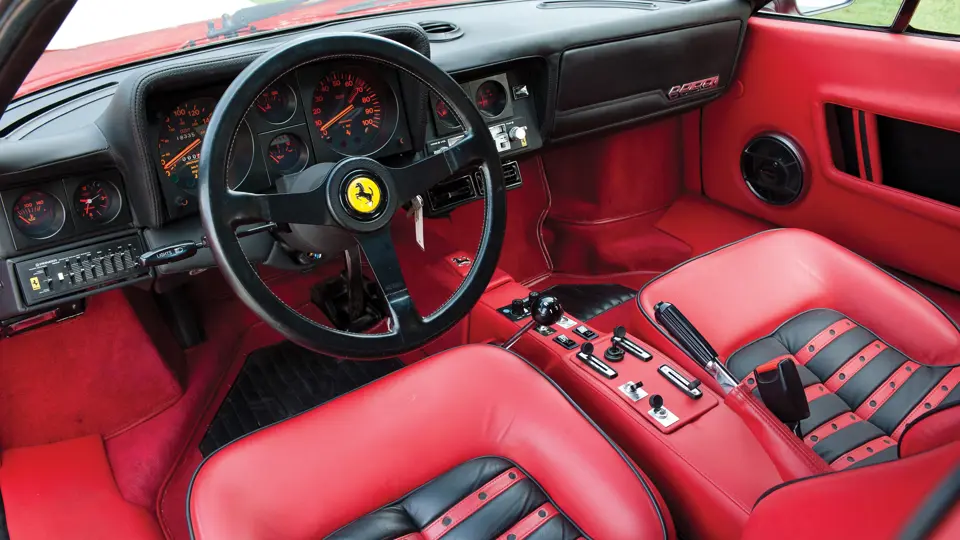



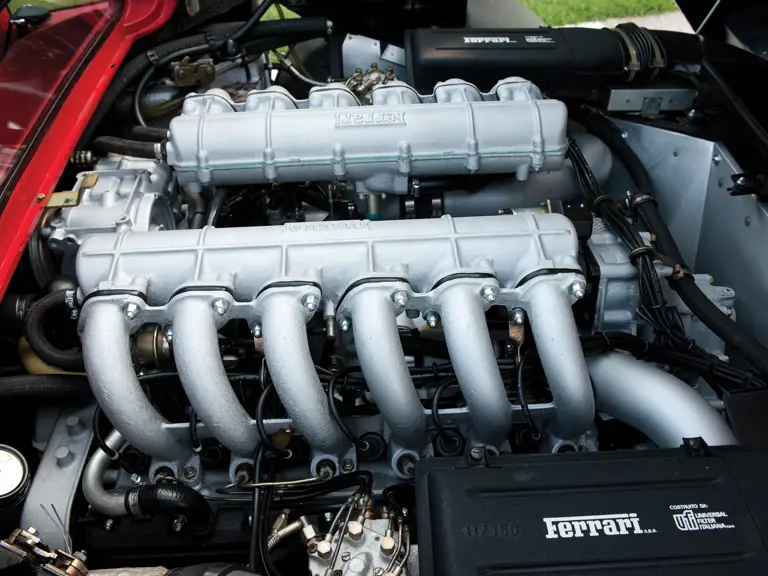
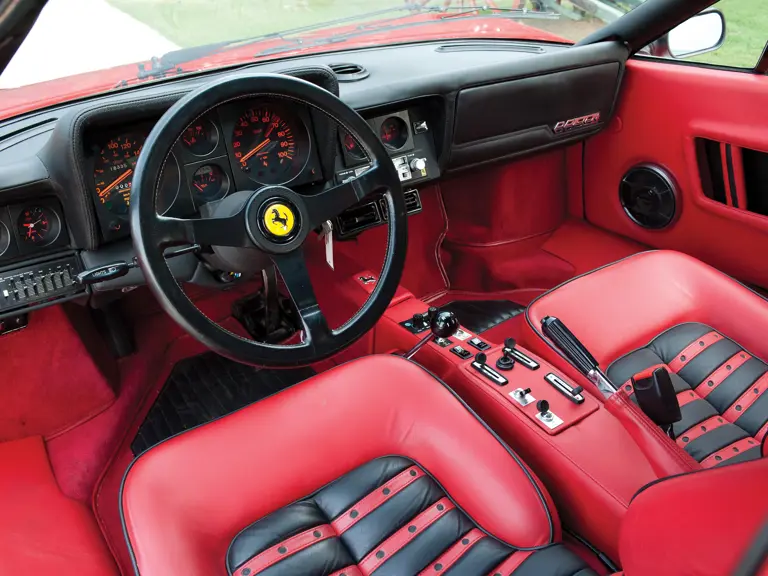

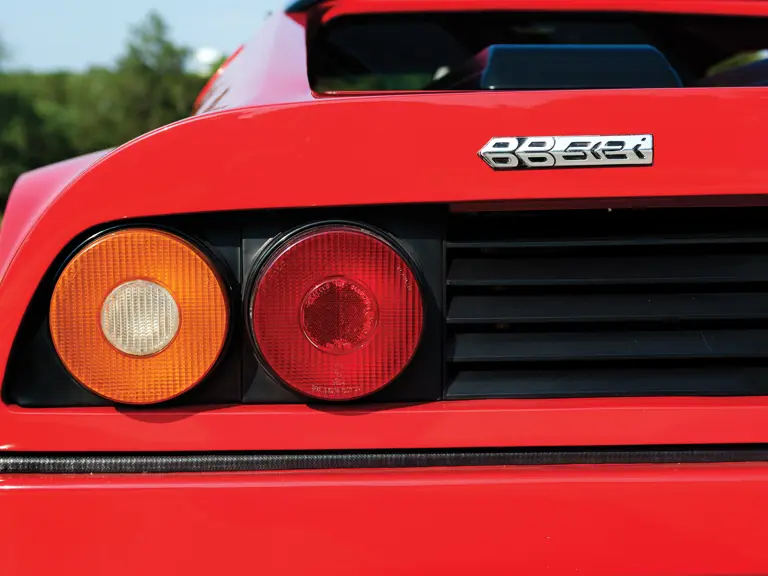
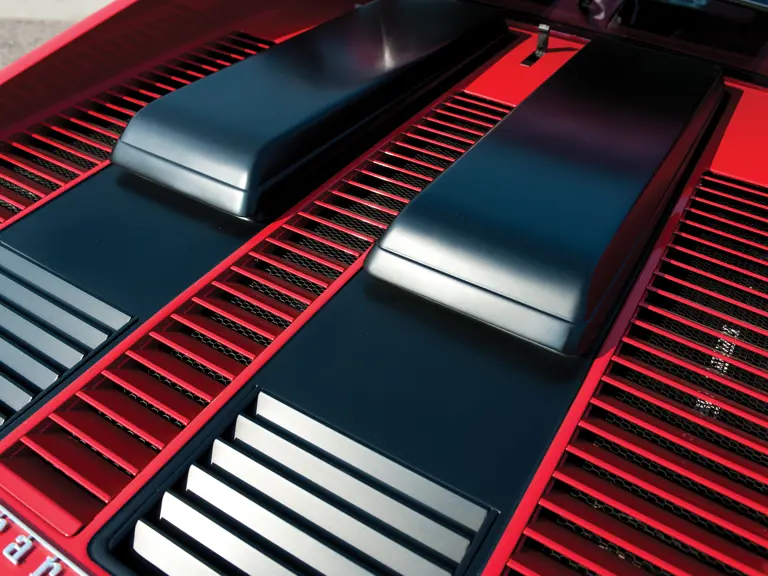
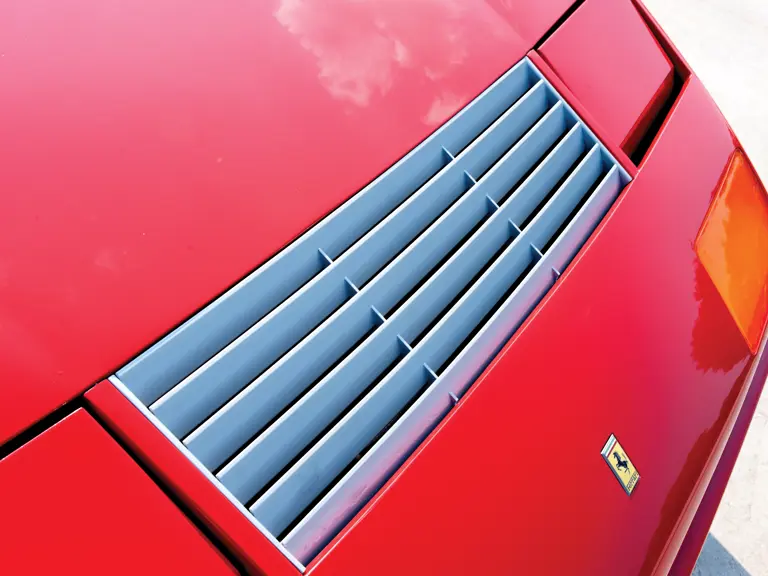
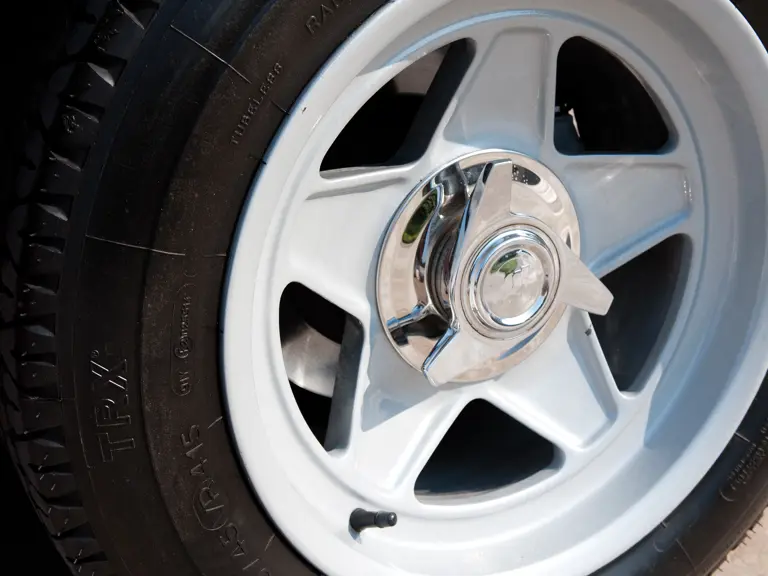
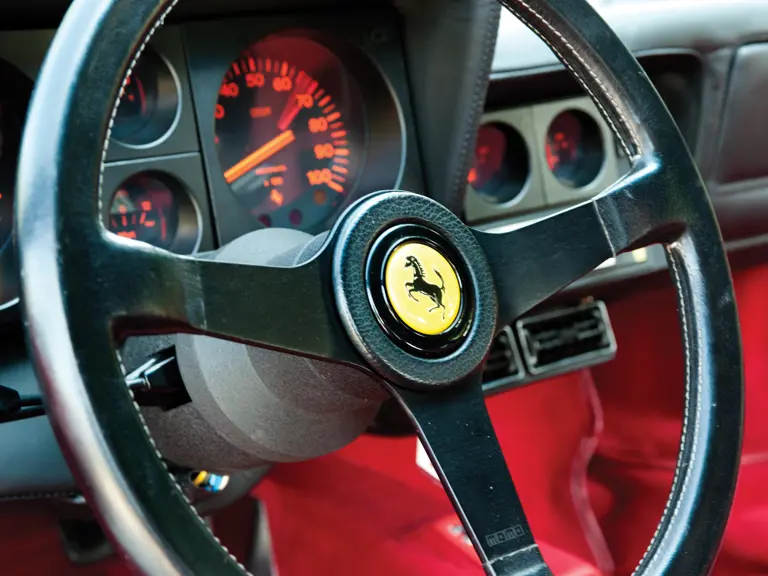
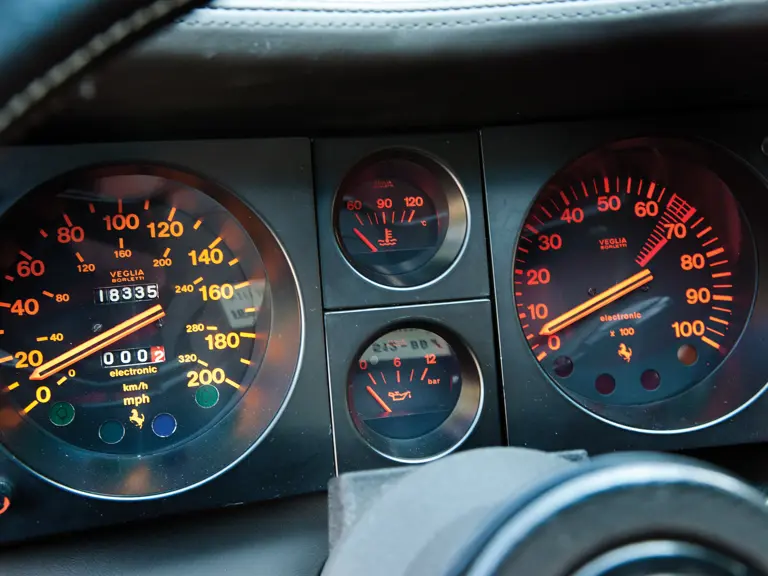
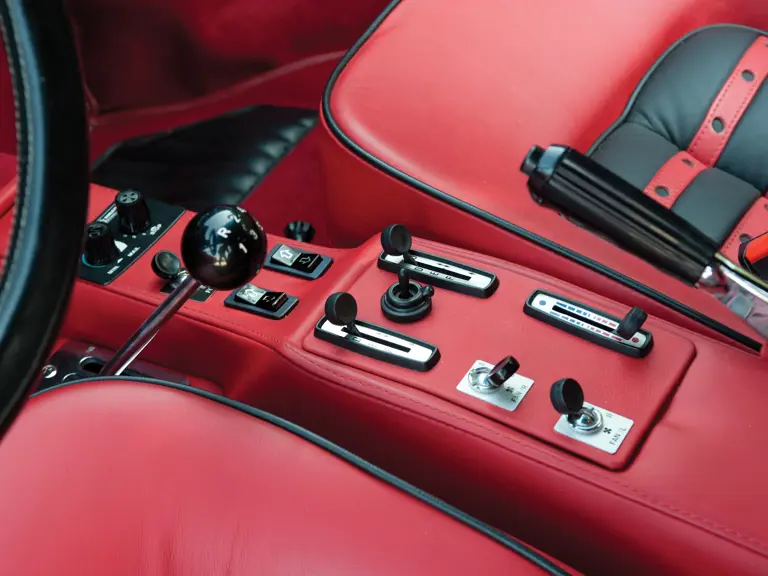




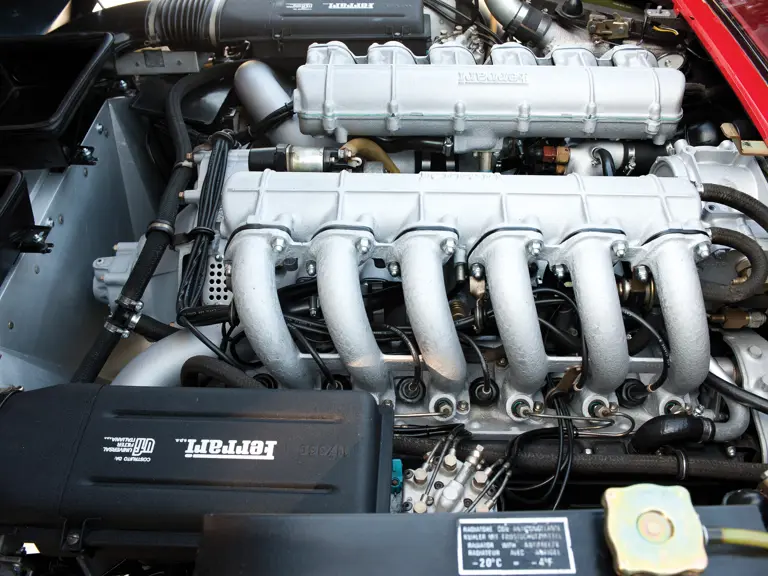
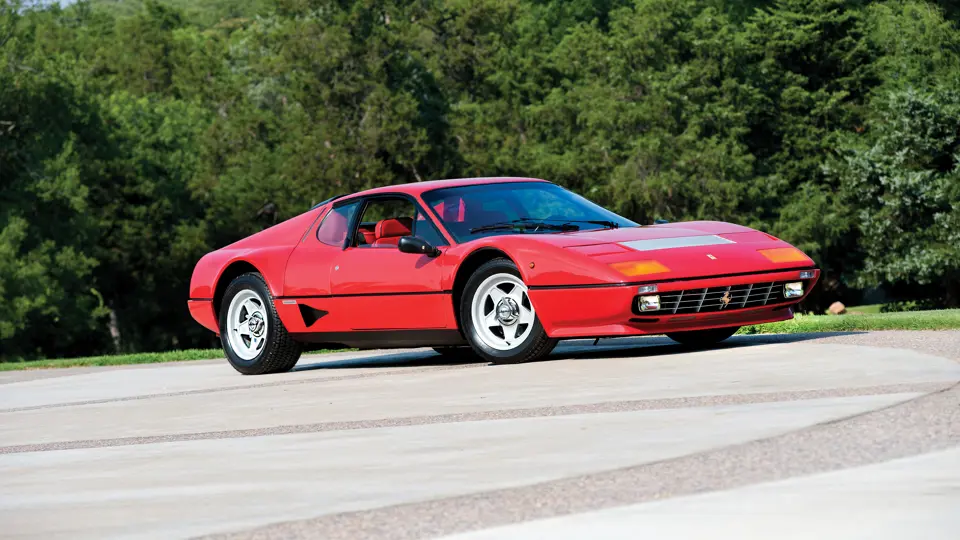
 | Monterey, California
| Monterey, California

